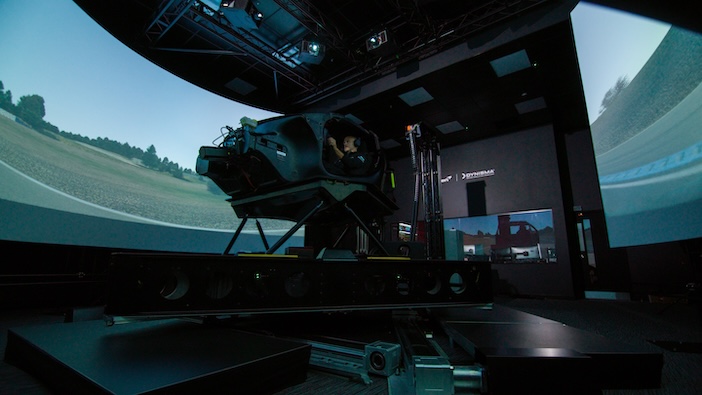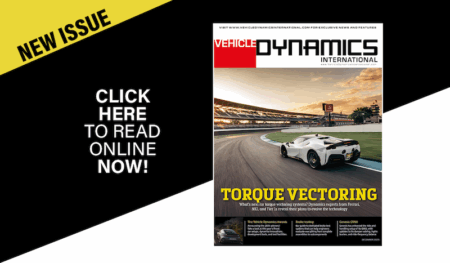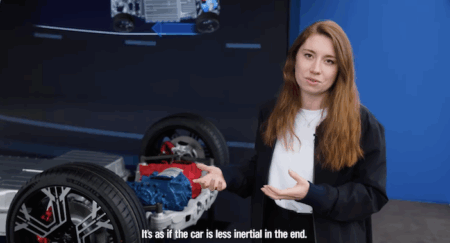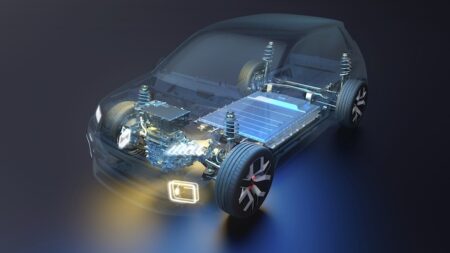McLaren Automotive has installed a Dynisma Motion Generator (DMG) driving simulator at its McLaren Technology Centre in Woking, Surrey, UK. The simulator, the DMG-1 model, has been integrated into the development programme of the car manufacturer’s latest supercar, the McLaren W1.
According to the companies the commissioning of this simulator marks a significant expansion of McLaren Automotive’s virtual development capabilities, enabling the supercar maker to accelerate prototype programmes and improve vehicle performance.
The DMG-1 enables Formula 1-level simulation capabilities, with ultra-low latency and high bandwidth for a level of realism that enables engineers and test drivers to virtually experience the same scenarios they would encounter on proving grounds and circuits. The DMG-1 is being used to correlate everything from CFD simulations and wind tunnel mapping, to create a bridge between virtual and physical testing.
“A simulator of this fidelity is not just a tool for drivers – it allows engineers to integrate and analyse systems across the car,” stated Mark Salmon, principal engineer at McLaren Automotive. “We can assess tyre and suspension behaviour, develop control strategies and predict duty cycles before a single part is manufactured.”
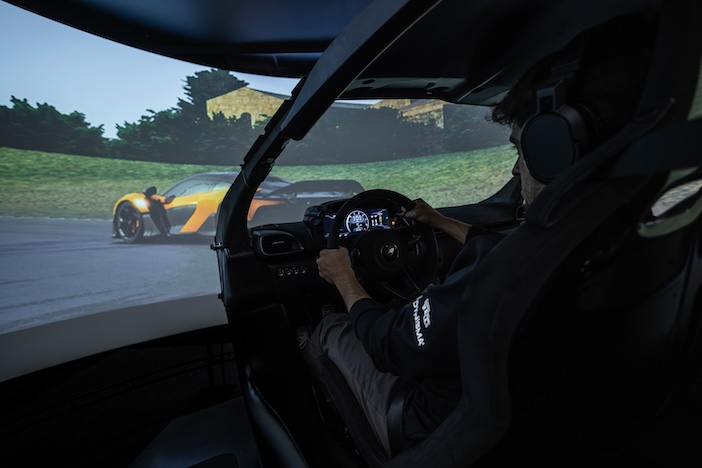
McLaren has already made use of the DMG-1 in the final development phases of the W1, to deliver real-time simulations of downforce, aerodynamic load, and suspension interaction, which the engineers are using to validate active aerodynamic systems, suspension setup, and damper controls in combination with physical driving. The simulator replicates the data signatures behind real-world dynamic behaviour, to give engineers greater clarity on how cars perform and why they feel a certain way.
The proof of concept of the W1 paves the way for greater integration of simulation into McLaren’s future programmes as the company expands into new product categories.
“The accuracy and representativeness of the Dynisma Motion Simulator allows us to extract a new level of detail and data from virtual development activity,” said Emmanuele Raveglia, chief vehicle programme officer at McLaren Automotive. “We can explore a wider range of dynamic possibilities and behaviours in a virtual environment. The fidelity of road texture and ride inputs is so precise that we can simulate standard road conditions at lower speeds, alongside high-load scenarios on test tracks or race circuits, with remarkable realism.”
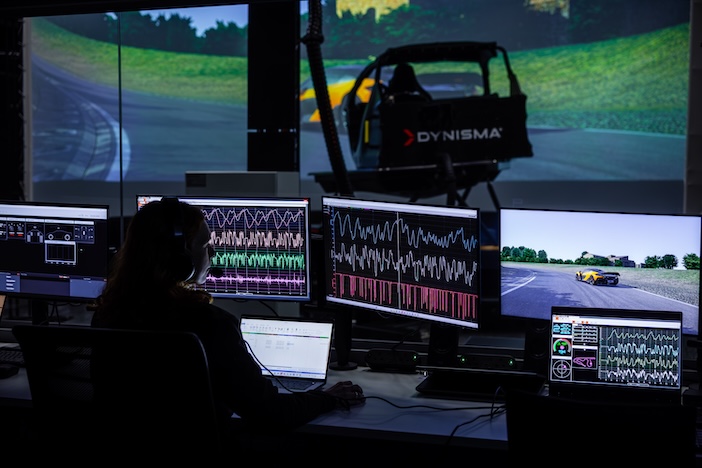
Christopher Harrison, vehicle integration director and deputy CTO at McLaren Automotive, added: “The simulator is an incredibly critical tool in terms of helping us bring together the soul of the car. One of the biggest technical challenges with the W1 is how we bring together the performance to a car that is capable on the road, and this is a tool that enables us to build on our world-class virtual methodologies in terms of designing and delivering cars to meet our customers’ expectations.”


